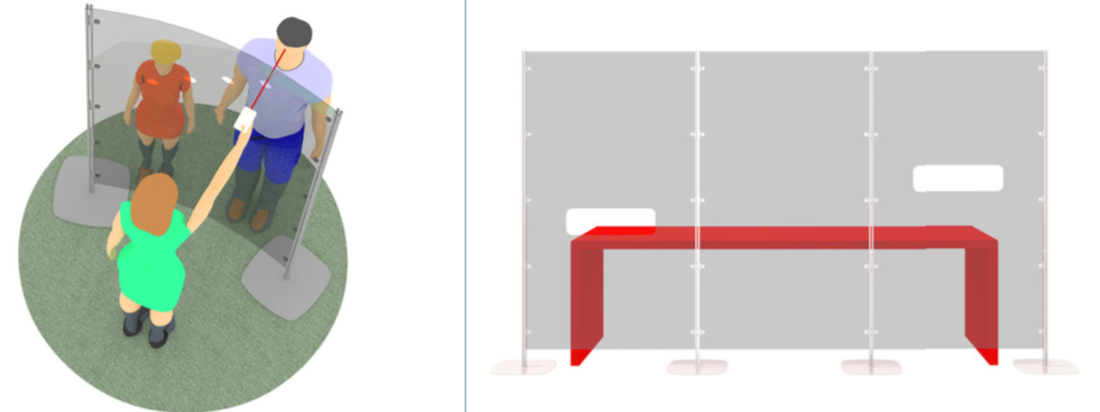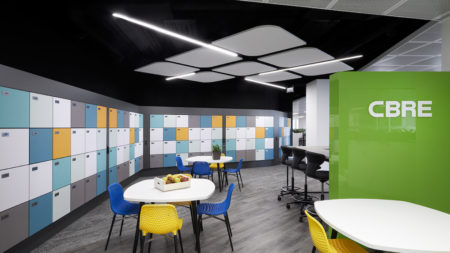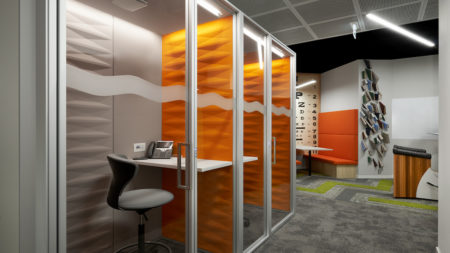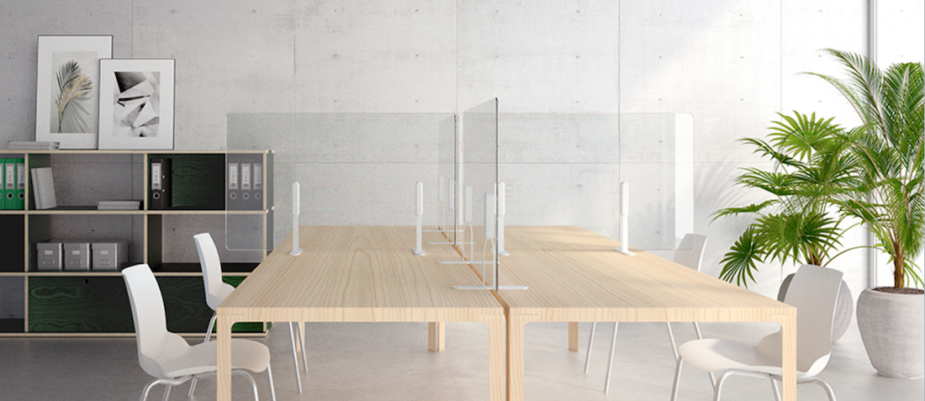
What are the consequences of the workspace layout’s reorganization due to the corona virus on the acoustic wellbeing? We talked about it during the web conference, selected in our column WOWbinar, organized by All Around Work “Rethinking the acoustic project in the office with social distancing”, together with the acoustic engineer and founder of Viva Consulting Ezio Rendina, the CEO of Caimi Brevetti, Franco Caimi, and all architect Bruno De Rivo of studio e45.
The growing difficulty of acoustic design is combined with the need to find new materials to meet new needs, from sanitization to the acoustics of virtual communication.
“We have had bizarre requests, such as eliminating carpets and all textile materials because some clients said they were difficult to be sanitized. In reality, textile materials can be sanitized like the others (sometimes even more easily). A request not so rational but dictated by psychological perceptions. However, if we remove the textile which is one of the main allies in reducing noise, and on the other hand we increase the use of reflective materials such as plexiglass or glass, acoustically this can cause a problem“.
As Bruno De Rivo told, opening the webinar “Rethinking the acoustic project in the office with social distancing” opened, organized by All Around Work, one of the main problems linked to acoustic design nowadays is that of materials.
Yet, as also confirmed by Franco Caimi, the perception of the difficulty of sanitizing textiles is incorrect, as demonstrated for example by the use of polyester in Caimi Brevetti products, a material also used in hospitals for sheets and gowns, therefore highly sanitizable.
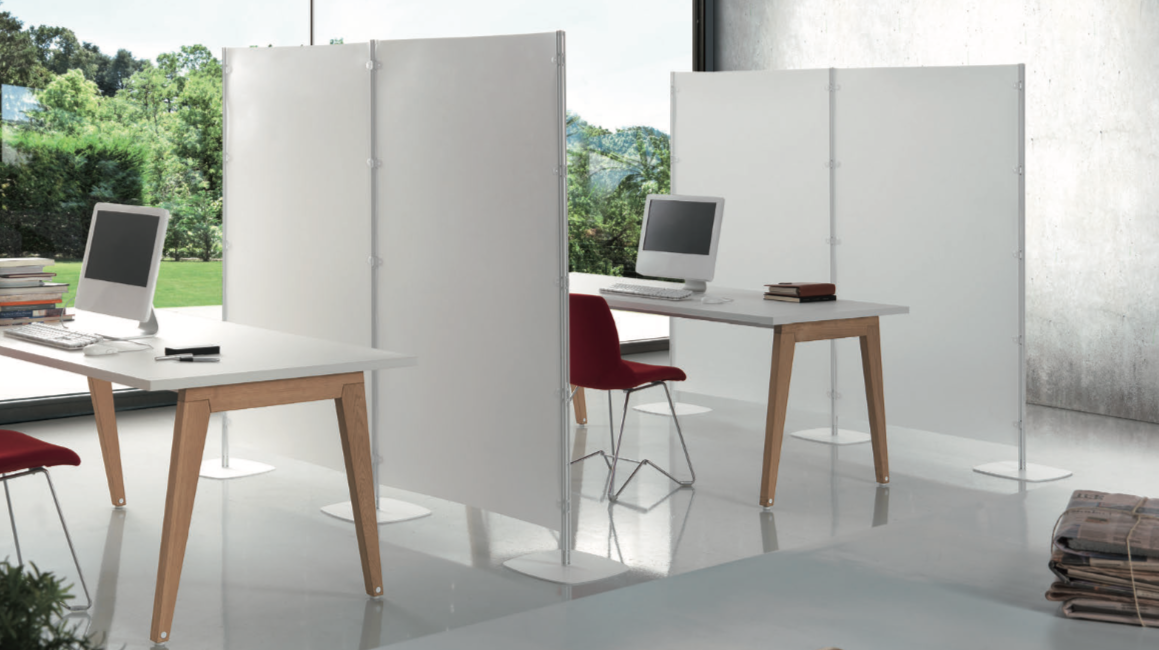
However, the corona virus crisis has made the need for new solutions more evident. For what concerns materials several criteria must be taken into account:
- Combining aesthetics and technology: “A barrier is a physical, but also a psychological limitation”, Caimi explains. “We don’t perceive a limitation as something positive. What we are trying to do is to transform the dividers into pleasant objects “.
- Adopt eco-sustainable solutions suitable for a long period. “We cannot handle this emergency with materials that will then be thrown away immediately after, but with need something that can survive over time,” Caimi continues. “Probably many barriers we see today will lead to a major disposal problem.”
- Continuing research on new materials, such as the bacteriostatic fabric used by Caimi, Trevira Bioactive, whit silver ions inside the fabric that allows a constant natural antibacterial feature.
- Base the acoustic design on the new characteristics of noise in offices: in an environment where speech frequencies dominate, polyester wool can be a solution, even if there is a certain lack of homogeneity between the absorption spectrum and the speech spectrum, especially in male voices.
And it is this last point from which Ezio Rendina started to explain what we need for designing the new acoustic of the office.
“Of course, we will have less than half of the employees in the offices, and this inevitably means less production of sound waves, but it is also true that these sound waves will have the possibility of having more sound-reflecting surfaces, also those who need to speak to someone will have to speak in a higher tone. I am not able to say whether we will have an improvement in sound, surely the acoustic management will become even more sophisticated“.
Acoustic engineers are faced both with old problems made even more complex by the new situation and emerging problems. Among the former, for example, there is that of ventilation systems:
“Currently the Italian standards concerning the maximum noise of a ventilation impact are 25db of equivalent level, but in 99% of cases, at least in my experience, this level was not respected. Today, for hygienic reasons, the airflow and therefore the speed must be increased, and this implies a further continuous disturbance”.
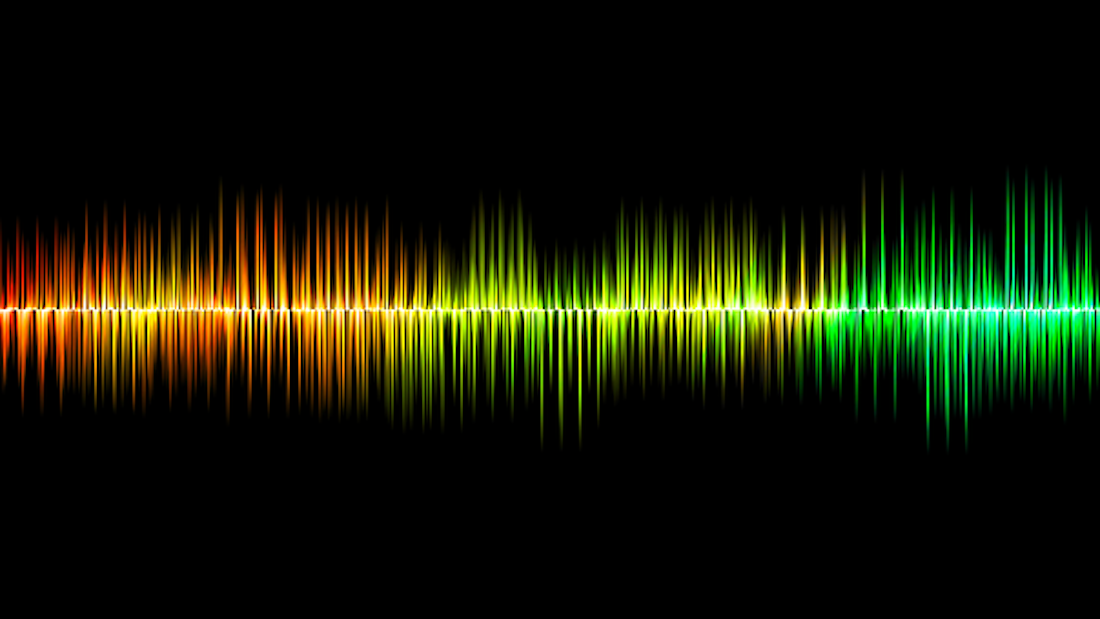
Among the new problems there is certainly that of virtual acoustics: how will the rooms have to be to meet online?
“The human ear is an extraordinary machine: when we are physically present, we can concentrate on the voice of whom we are talking with, without being distracted by what is around us. Unfortunately, even the best microphones don’t have this ability. Microphones pick up all the noises in the room, which makes speech less intelligible, so it is essential that the room has the right sound absorption curve on speech, “explains Ezio Rendina.
“An excessively sound-absorbing curve is wrong, but we must ensure that this curve allows the right absorption in relation with the human voice”.
But why is it important to continue investing in acoustic wellbeing?
The damages of noise go beyond those caused to the auditory apparatus, but in the long run it causes damages to the brain, to the circulatory and respiratory apparatus, to the electrical conductivity of the skin, and induce in the subject difficulties in sleeping, concentration, and learning.
“On average, acoustics made in a non-professional way make you lose 14-15% of productivity,” Rendina concludes. “If we calculate how much the month/man ratio costs and we multiply it by how many men/women we have in the office, we understand that acoustic design is worth the cost.”
Text by Gabriele Masi.
